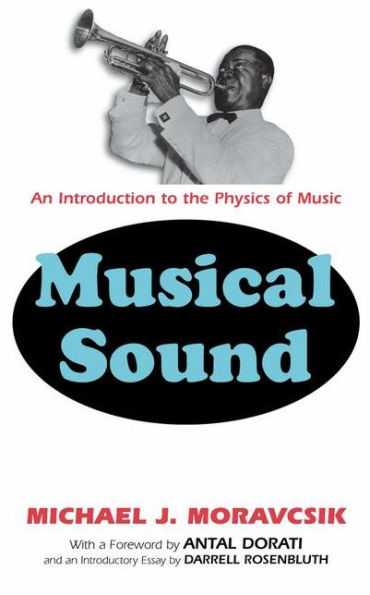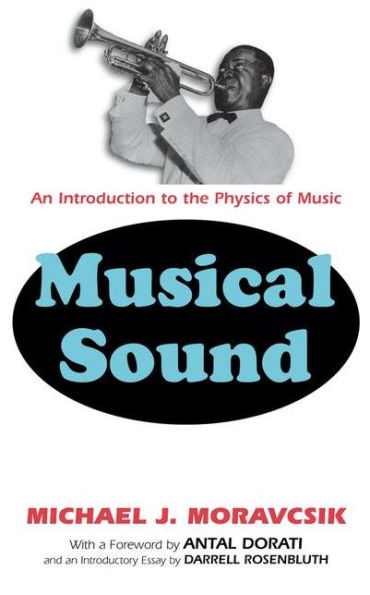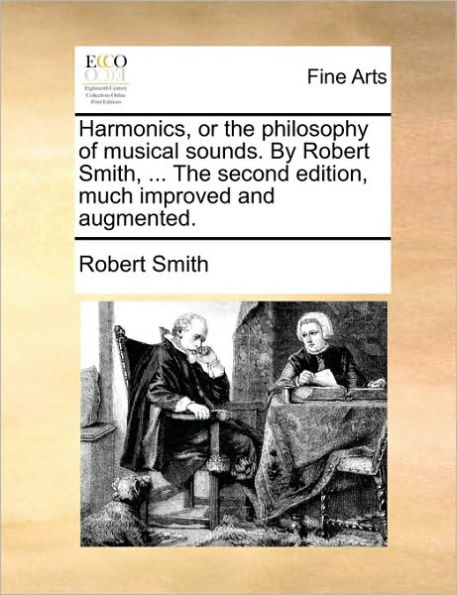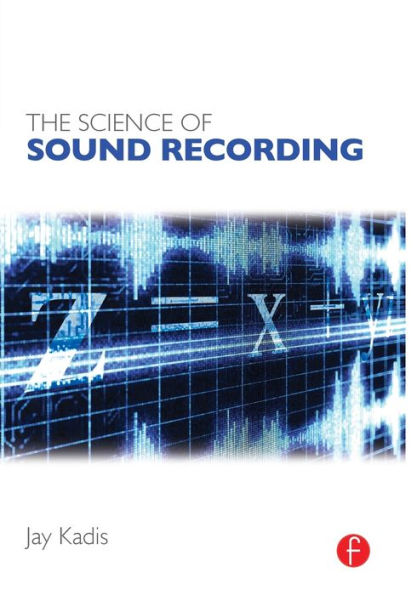Home
The Science of Musical Sounds
Barnes and Noble
The Science of Musical Sounds
Current price: $12.99
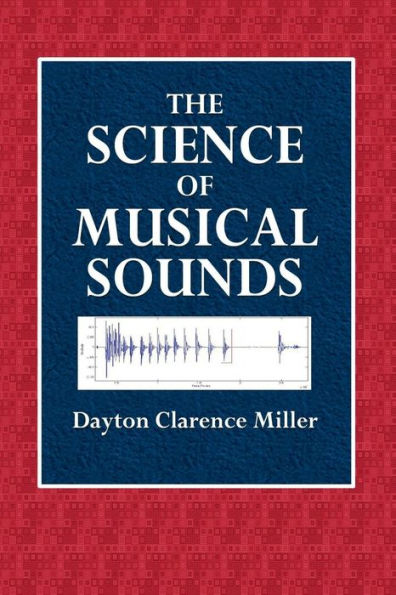

Barnes and Noble
The Science of Musical Sounds
Current price: $12.99
Size: OS
Loading Inventory...
*Product information may vary - to confirm product availability, pricing, shipping and return information please contact Barnes and Noble
From the INTRODUCTION.
WE are beings with several senses through which we come into direct relation with the world outside of ourselves. Through two of these, sight and hearing, we are able to receive impressions from a distance and through these only do the fine arts appeal to us; through sight we receive the arts of painting, sculpture, and architecture, and through hearing, the arts of poetry and music.
Undoubtedly music gives greater pleasure to more people than does any other art, and probably this enjoyment is of a more subtle and pervading nature; everyone enjoys music in some degree, and many enjoy it supremely. Sound is also of the greatest practical importance; we rely upon it continually for the protection of our lives, and through talking, which is but making sounds according to formula, we receive information and entertainment. These facts give ample justification for studying the nature of sound, the material out of which music and speech are made.
The study of sounds in language is as old as the human race, and the art of music is older than tradition, but the science of music is quite as modern as the other so-called modern sciences. Sound being comparatively a tangible phenomenon, and so intimately associated with the very existence of every human being, one would expect that if there are any unknown facts relating to it, a large number of investigators would be at work trying to discover them. There has been in the past, as there is now, a small number of enthusiastic workers in the field of acoustics who have accomplished much; but it is no doubt true that this science has received less attention than it deserves, and especially may this be said of the relation of acoustics to music.
WE are beings with several senses through which we come into direct relation with the world outside of ourselves. Through two of these, sight and hearing, we are able to receive impressions from a distance and through these only do the fine arts appeal to us; through sight we receive the arts of painting, sculpture, and architecture, and through hearing, the arts of poetry and music.
Undoubtedly music gives greater pleasure to more people than does any other art, and probably this enjoyment is of a more subtle and pervading nature; everyone enjoys music in some degree, and many enjoy it supremely. Sound is also of the greatest practical importance; we rely upon it continually for the protection of our lives, and through talking, which is but making sounds according to formula, we receive information and entertainment. These facts give ample justification for studying the nature of sound, the material out of which music and speech are made.
The study of sounds in language is as old as the human race, and the art of music is older than tradition, but the science of music is quite as modern as the other so-called modern sciences. Sound being comparatively a tangible phenomenon, and so intimately associated with the very existence of every human being, one would expect that if there are any unknown facts relating to it, a large number of investigators would be at work trying to discover them. There has been in the past, as there is now, a small number of enthusiastic workers in the field of acoustics who have accomplished much; but it is no doubt true that this science has received less attention than it deserves, and especially may this be said of the relation of acoustics to music.

